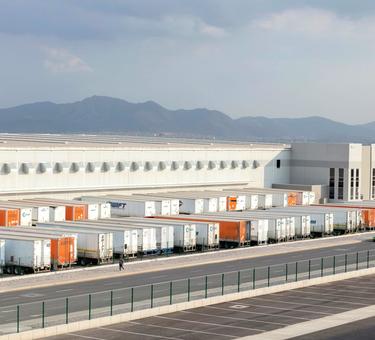The global pandemic has forever altered the logistics real estate landscape: supply chain decisions have become more holistic, more data-driven and more urgent than ever. Underlying this shift are the same forces -- urbanization, digitalization and demographics -- that have changed the way we live, work and shop.
This Prologis Research special report aims to separate the temporary volatility of human and company behavior during the pandemic from the real lasting forces that will continue to drive the supply chains of the future.
Here are the key takeaways from Dirk Sosef, vice president, Research and Strategy, Prologis Europe:
1. The structural growth rate of logistics real estate demand has risen
This research investigates what is happening to market fundamentals. E-commerce not only impacts logistics but also influences urbanization trends, digitalization, demographics, rising consumer expectations and economies of scale.
2. New e-commerce forecast
There is limited insight available on how supply chain investments will reinforce a new sales trajectory. Prologis Research has begun developing its own proprietary forecast as a result, taking into account emerging hallmarks like the stickiness of consumer habits and lack of physical retail options.
3. New data necessary on the need for modern stock
Prologis Research expects the adoption rate of modern logistics space to increase alongside globalizing supply chain best practices, driving the need for an additional 3-4 billion square foot of space globally by 2030.
Attached you will find a summary overview. For the full research, please click here
